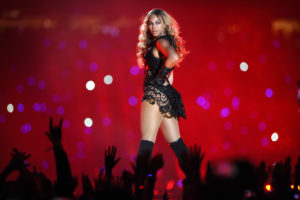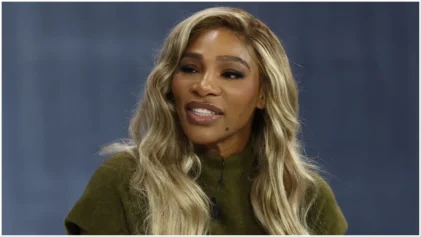
Despite zero confirmation of Beyonce writing and starring in the film, Burgess was compelled to respond to the rumor.
“She lacks the basic human dignity to be worthy of writing Sarah’s story, let alone playing the part.
“Ignoring the fact that the KhoiKhoi is alive and that Sarah’s story would have an impact on how we are portrayed, is a mistake of great magnitude. Why Sarah Baartman? Why not a story about an Indigenous American woman? I can only see arrogance in her attempt to tell a story that is not her’s to tell,” Burgess added.
According to unconfirmed news reports, Beyoncé wants to play Baartman because she is desperate to be taken seriously as an actress and sees this difficult role as her shot at an Oscar. South African History Online has a page on Baartman’s harrowing story.
“She was taken to London where she was displayed in a building in Piccadilly. Englishmen and women paid to see Sarah’s half naked body displayed in a cage that was about a metre and half high,” the site reports.
Abolitionists tried to win Baartman’s freedom in a court case. But showman Hendrik Cezar claimed she was happy and produced a contract with her name on it. However, Baartman was illiterate.
The issues raised by Baartman’s treatment are still relevant today. Mainstream society is still repelled and fascinated by Black sexuality. And prominent Black women, including Beyoncé, Nikki Minaj, Serena Williams and first lady Michelle Obama, have been both mocked and celebrated for their curvaceous physiques.
“Baartman’s story has been written about extensively, and is seen as a particularly shocking example of the ways in which non-white bodies (particularly non-white female bodies) can be dehumanized, and made into a grotesque ‘other,’” said Rebecca Hawkes, a writer for The Daily Telegraph. “In recent years, some critics have suggested that famous non-white women have been encouraged (perhaps even pressured) into marketing themselves, and their bodies, in very racially specific ways.”
Even today, Baartman’s treatment is still a sore subject. After she died, her brain and genitals were preserved and put on display at the Musée del’Homme in Paris. Her body was publicly dissected by famous scientist Georges Cuvier. President Nelson Mandela asked France to return her remains so she could buried with dignity. Baartman’s remains were buried in her birthplace, Hankey, in 2002.


